HRM742: Improving Organizational Rewards Plan with OB Theories
VerifiedAdded on 2023/04/05
|5
|651
|450
Report
AI Summary
This report provides a detailed analysis of an organization's rewards plan, encompassing compensation, value-added benefits, work-life plans, performance recognition, and career development. It examines the purpose of each element in driving employee motivation and retention. The report evaluates the effectiveness of the rewards plan using Maslow's Hierarchy of Needs Theory, highlighting how different components fulfill various levels of employee needs. Recommendations are offered for continuous improvement and flexibility in the rewards plan, emphasizing the importance of addressing issues promptly. Specific suggestions are provided for the Wilson Bros case, including designing a satisfactory compensation plan, implementing an adequate performance appraisal system, and incorporating tools for work-life balance, performance recognition, and career development. This analysis is designed to help organizations create more effective and motivating rewards systems.
1 out of 5
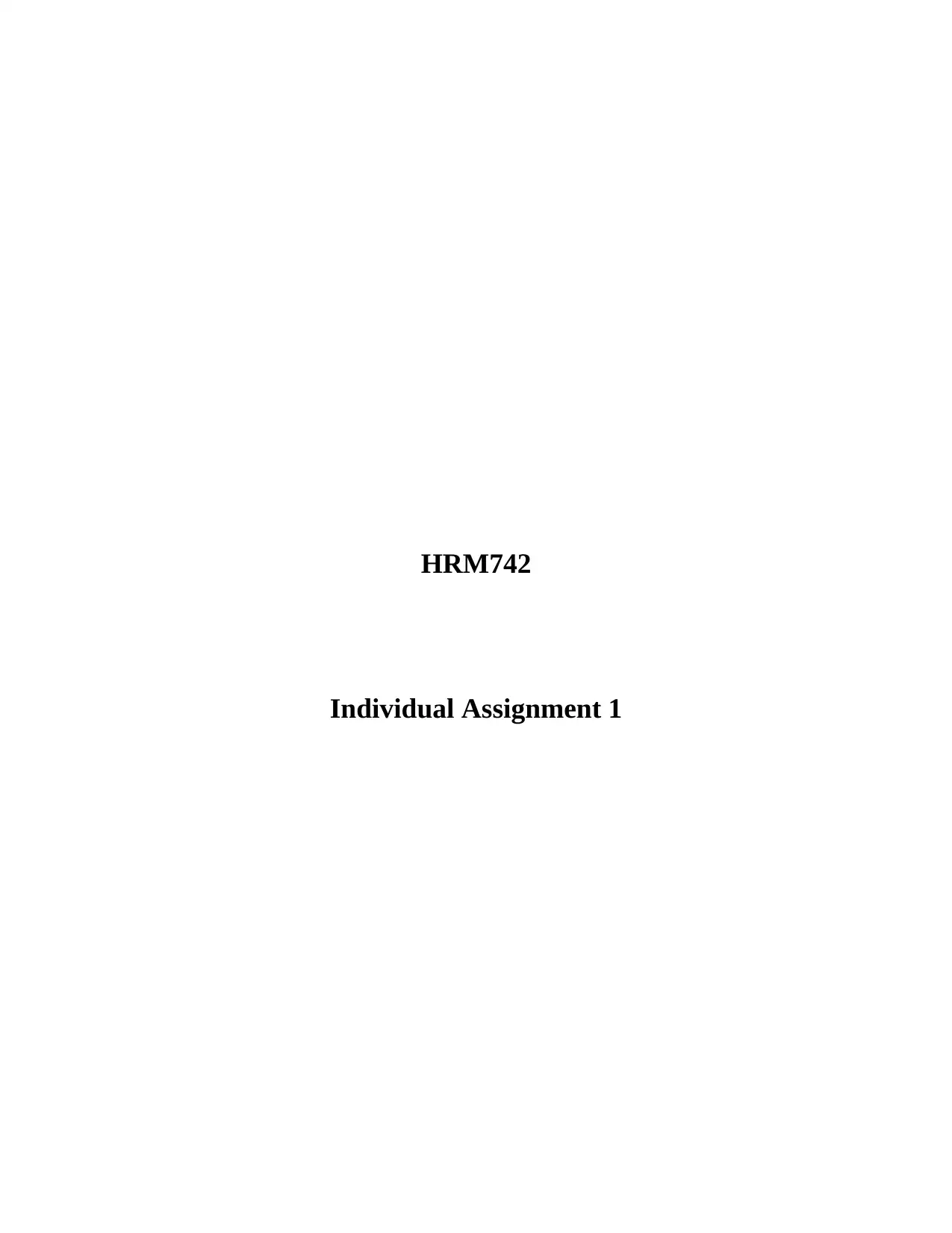
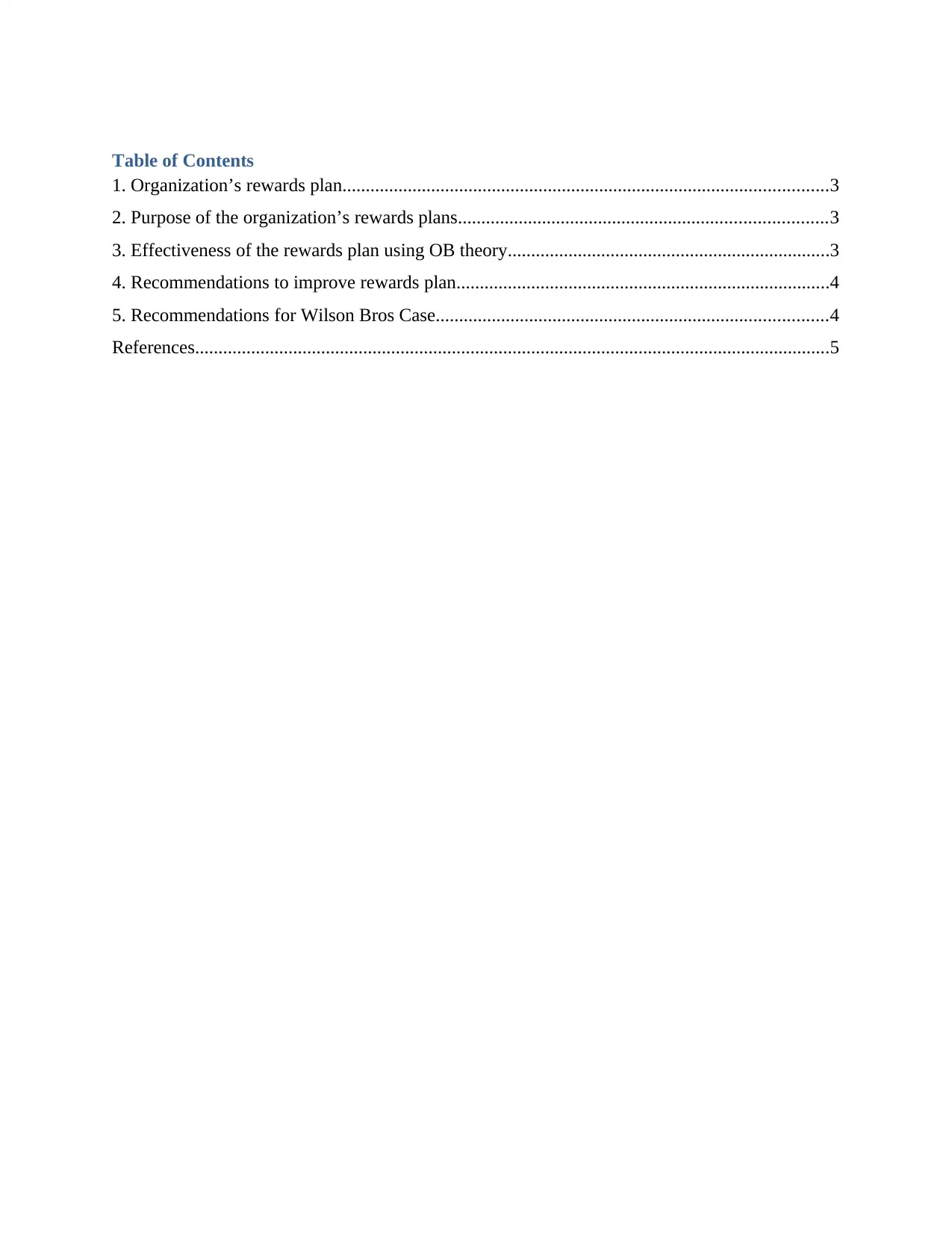
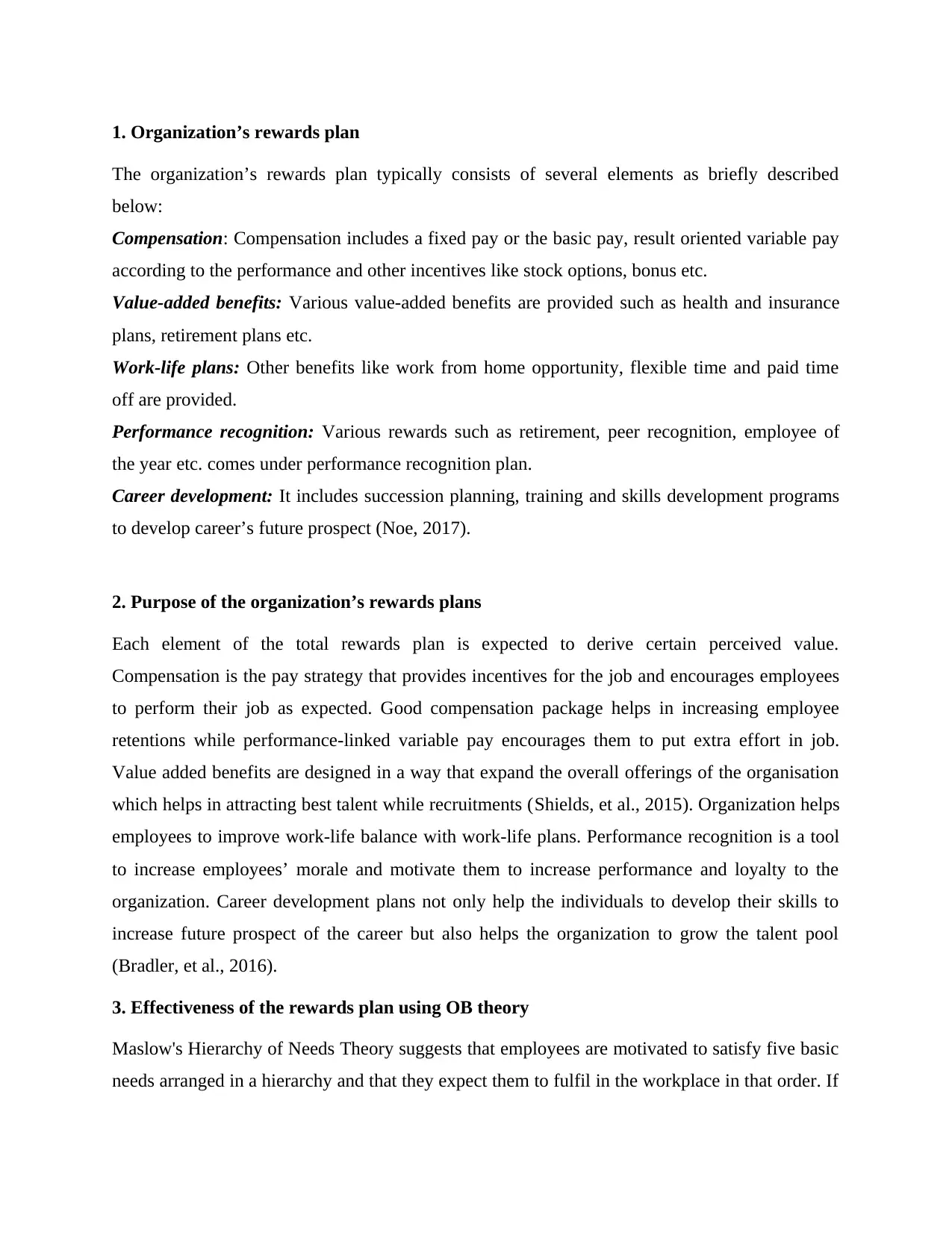

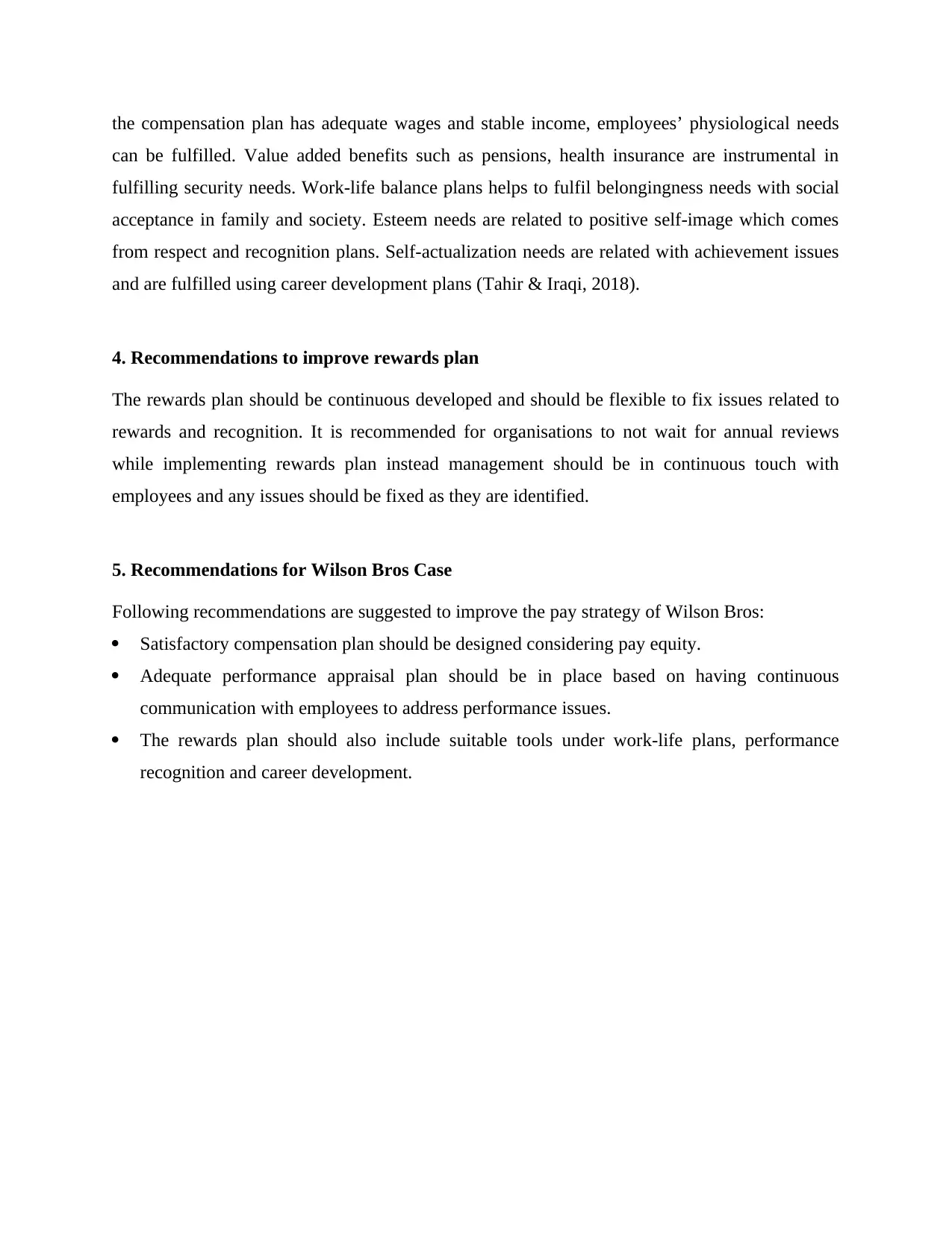
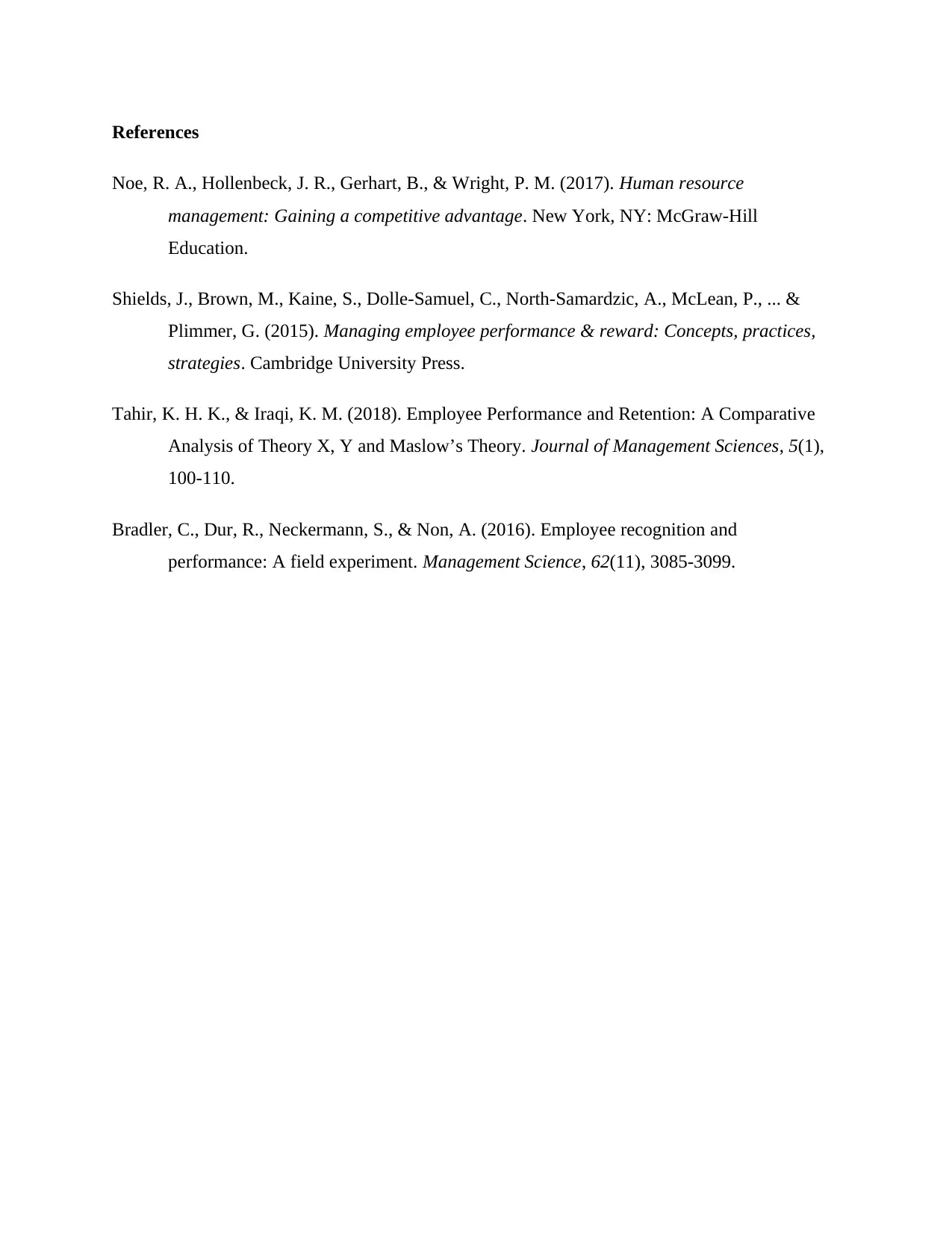






![[object Object]](/_next/static/media/star-bottom.7253800d.svg)